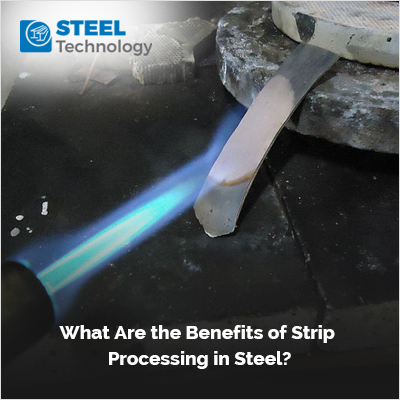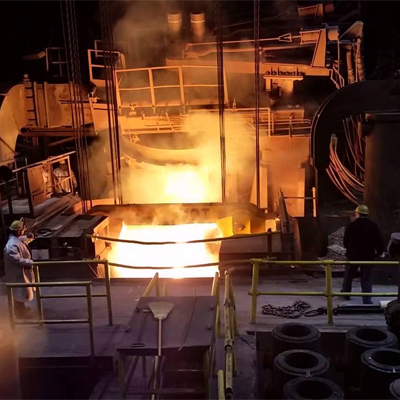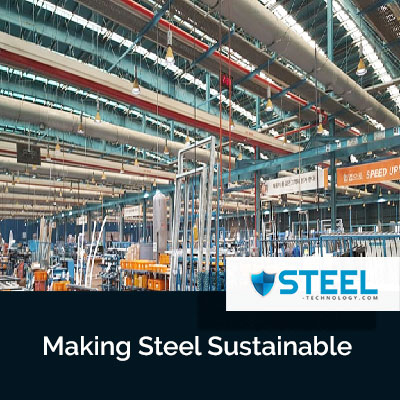What Are the Benefits of Strip Processing in Steel?

Introduction:
In the world of steel manufacturing, efficiency and quality are paramount. As industries evolve and demand increases, so too must the methods of production. One such method that has revolutionized steel manufacturing is strip processing. This innovative technique offers numerous benefits, ranging from increased productivity to enhanced quality control. In this article, we'll explore the advantages of strip processing and its significance in the steel industry.
Enhanced Efficiency:
Strip processing streamlines the production process by allowing manufacturers to process large volumes of steel quickly and efficiently. Unlike traditional methods, which require multiple steps and handling, strip processing consolidates several operations into a single continuous line. This reduces downtime, minimizes material waste, and optimizes resource utilization.
By eliminating intermediate steps such as cutting, forming, and welding, strip processing significantly accelerates the production cycle. This rapid turnaround time enables manufacturers to meet tight deadlines and respond promptly to market demands. Additionally, the automated nature of strip processing reduces labor costs and enhances overall operational efficiency.
| Also Read: Innovations in Strip Processing for Steel Industry Advancements |
Cost Savings:
Cost-effectiveness is a significant advantage of strip processing in steel manufacturing. The streamlined production process and reduced labor requirements translate into lower operating expenses for manufacturers. Moreover, the minimized material waste and optimized resource utilization contribute to substantial cost savings over time.
Furthermore, strip processing enables manufacturers to achieve economies of scale by producing large quantities of steel in a single continuous operation. This bulk production approach lowers per-unit costs and enhances competitiveness in the marketplace. As a result, companies can offer competitive pricing to their customers while maintaining healthy profit margins.
Consistent Quality:
Quality control is a top priority in steel manufacturing, and strip processing excels in this regard. The continuous nature of strip processing ensures uniformity and consistency throughout the production process. Unlike traditional methods, which may result in variations due to manual handling or processing, strip processing delivers precise and consistent results.
Furthermore, strip processing incorporates advanced technologies such as automated inspection systems and real-time monitoring to detect defects and deviations promptly. This proactive approach to quality control minimizes the risk of product defects and ensures that finished steel products meet the highest standards of quality and performance.
Versatility and Flexibility:
Strip processing offers manufacturers’ unparalleled versatility and flexibility in product design and customization. The modular nature of strip processing lines allows for easy reconfiguration to accommodate different steel grades, thicknesses, and specifications. This flexibility enables manufacturers to respond quickly to changing customer requirements and market trends.
Moreover, strip processing supports a wide range of finishing options, including coatings, treatments, and surface finishes. This versatility allows manufacturers to produce steel products tailored to specific applications and industries, from automotive and construction to appliances and consumer goods. As a result, companies can expand their market reach and capitalize on diverse opportunities.
Environmental Sustainability:
In addition to its economic and operational benefits, strip processing promotes environmental sustainability in steel manufacturing. The optimized resource utilization and minimized material waste reduce the environmental impact of production processes. Furthermore, the adoption of energy-efficient technologies and processes lowers carbon emissions and energy consumption.
Moreover, strip processing facilitates the recycling and reuse of steel materials, contributing to the circular economy and reducing reliance on virgin resources. By prioritizing sustainability and environmental stewardship, manufacturers can enhance their corporate image, attract environmentally conscious customers, and meet regulatory requirements.
Conclusion:
Strip processing has revolutionized steel manufacturing by offering unparalleled efficiency, cost-effectiveness, quality control, versatility, and environmental sustainability. By streamlining production processes, minimizing waste, and optimizing resource utilization, strip processing enables manufacturers to meet the evolving demands of the market while maintaining high standards of quality and performance. As the steel industry continues to innovate and evolve, strip processing will remain a cornerstone of modern manufacturing, driving progress, and prosperity for years to come.










